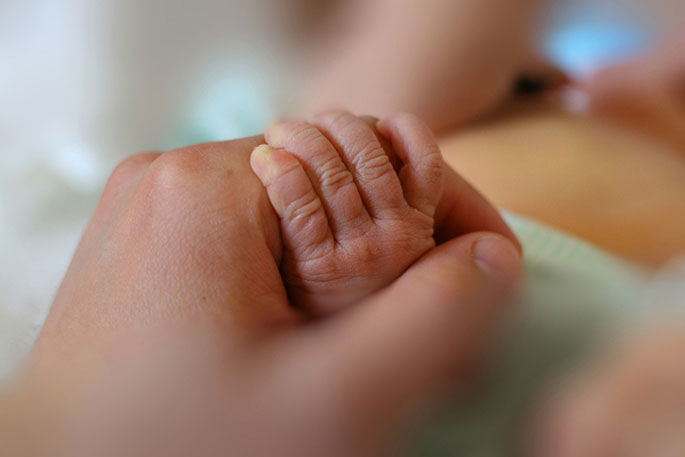New Zealand has experienced its lowest natural increase in population in 80 years.
Statistics released this morning showed there were 19,071 more births than deaths in 2023.
Stats NZ says this was the lowest annual natural increase since World War II - in 1943, there were just 17,562 more births than deaths.
In total, there were 56,955 live births and 37,884 deaths registered in Aotearoa in 2023.
Stats NZ says that live-birth figure was also relatively low.
"2023 had the lowest number of births registered in 20 years," population insights analyst Rebekah Hennessey says.
That was despite a 3 per cent increase in the number of women aged between 15 and 49 - when most births occur.
This combination - fewer births and more women of child-bearing age - resulted in a record-low fertility rate of 1.56 births per woman.
The fertility rate refers to the average number of births that women in New Zealand would have over their lifetime, given current birth rates.
"The latest decline reflects a continued trend of smaller average family sizes and increased rates of childlessness, although the total fertility rate is also affected by changes in the age of giving birth," Rebekah says.
As discussed on RNZ's podcast The Detail, fertility rates are declining around the world, as more women are educated to higher levels and in employment, combined with access to contraception.
Meanwhile, the overall life expectancy in New Zealand stalled.
Based on death rates during 2021-2023, a newborn boy could expect to live an average of 80.3 years, and a newborn girl 83.7 years.



0 comments
Leave a Comment
You must be logged in to make a comment.